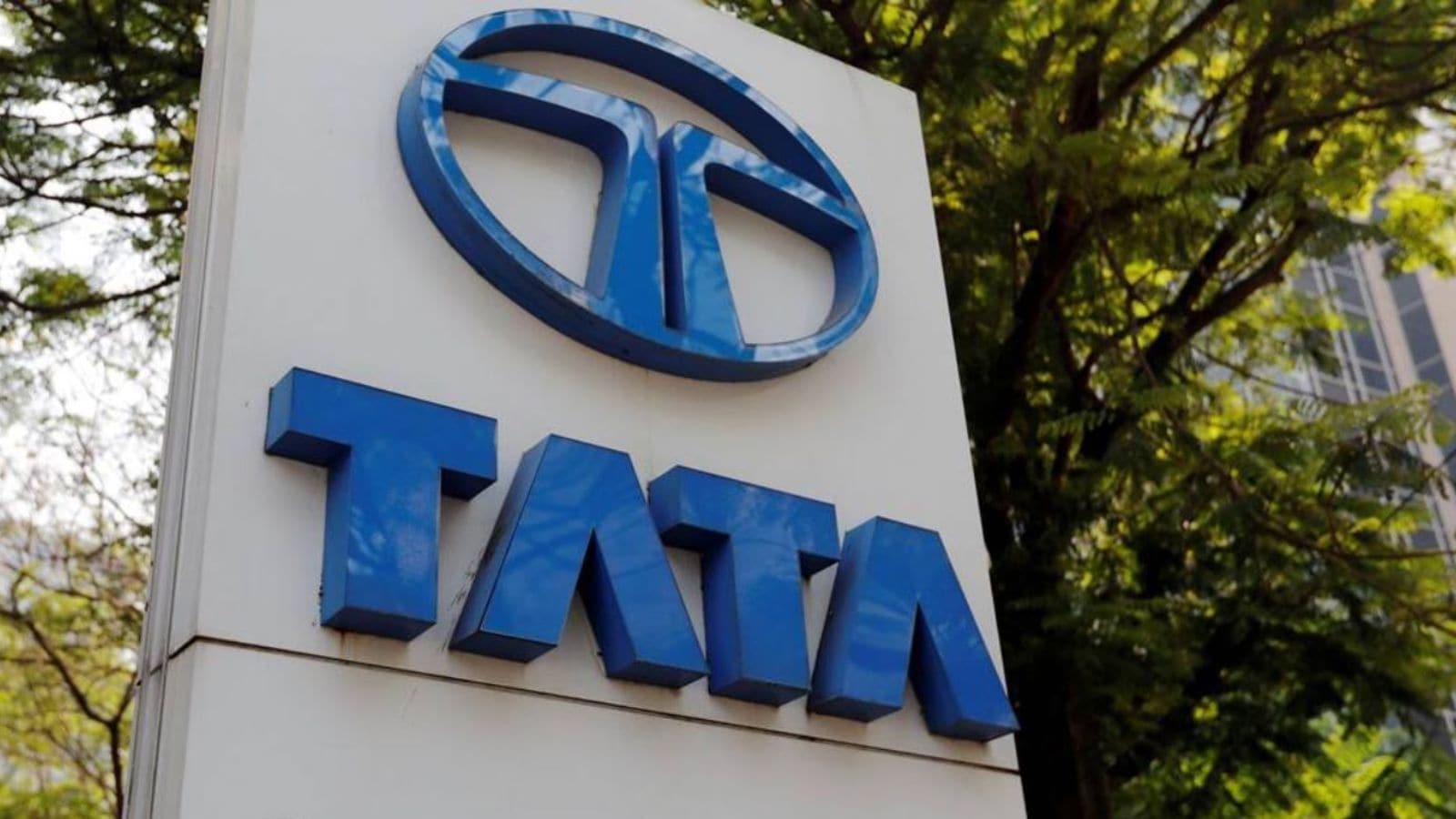
New Rules for South Korean Investors in Leveraged ETFs
The recent surge in interest among South Korean retail investors in overseas leveraged exchange-traded funds (ETFs) has led to significant regulatory changes. In response to this growing trend, South Korea's Financial Supervisory Service (FSS) announced that starting December 15, all local investors wishing to invest in high-risk leveraged or inverse ETFs listed abroad will be required to complete a mandatory online training course lasting one hour.
In addition to this initial training, those looking to engage in derivatives trading abroad must also participate in a mock-trading program that lasts at least three hours. This initiative aims to align the regulations for investing in foreign leveraged products with those that apply to locally listed ETFs, ensuring that investors are better prepared for the risks involved.
South Korean investors are known for their risk-taking tendencies, and the recent spike in their investments in US-listed ETFs, particularly those focusing on high-growth tech stocks, reflects this behavior. The current year has seen record levels of direct investment by retail investors in US markets, with an astonishing $6.9 billion added in October alone, marking the highest monthly inflow since records began in 2011.
Bora Kim, head of AC strategy at Leverage Shares Plc, remarked that these new policies will help individual investors grasp the fundamental aspects of investing in leveraged products, including their compounding effects and strategies. This education will address some critical gaps in the understanding of risks among Korean investors. Nevertheless, despite these regulations, the overall appetite for leveraged ETFs is not expected to diminish, as many continue to see overseas investments as a lucrative opportunity for wealth creation.
The introduction of these stricter rules comes in light of concerns about the risks associated with leveraged ETFs, which can amplify both gains and losses. An inverse ETF, on the other hand, is designed to rise when the underlying index or security falls, creating a distinct risk profile for investors. As these regulations take effect, they may help to create a more informed investor base in South Korea, but the attraction of high-risk investment products is unlikely to wane.












